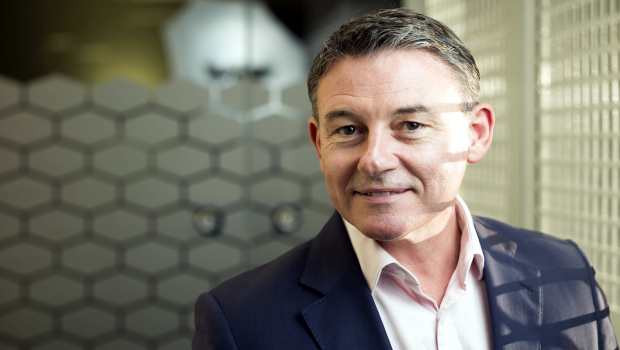
Infrastructure driving and defining the new digital economy
A combination of the Covid-19 pandemic and the rise of new digital ecosystems is forcing companies to rethink their attitudes towards connectivity and data, according to a discussion panel at a TechFire briefing last week.
Sponsored by Equinix, the webinar explored the idea of the new digital economy and the role of infrastructure in making sure companies can deliver seamless online experiences for staff and customers.
Equinix chief executive for Ireland Maurice Mortell argued that digital transformation was proving difficult when operational necessities like remote working were overshadowing business opportunities. “I think some businesses where maybe not as prepared as they thought they were for what has happened. Say, being able to support their workforce but also looking at how do they scale their business… how do they evolve their go-to-market strategy,” he said.
Also speaking, Hugh O’Donoghue, chief technology officer with online gift experience provider Smartbox, said that interconnectivity had been core to maintaining his businesses’ operations.
“Supporting a remote workforce has been no small challenge itself in many ways and we have 1,000 people working from home sometimes,” he said. “We’ve had to do quite a few things just to move data around and manage our connectivity to support them [staff] in a way that doesn’t affect productivity. I think that’s been a challenge that has been overcome very quickly that would otherwise would have taken a long, long time to overcome.”
On the subject of data, Mortell said the data centre industry was being driven by a “data explosion” requiring new management strategies: “We’re looking at distributed data. How do you access data, collect data and how does that data get analysed and shared amongst partners and customers, so that it’s used effectively or for business advantage or to inform people,” he said.
“I don’t think we’re concerned about volume and how data is gathered and then transferred back into the computer centres. I feel that 5G will play a large part. So if you look to the types of devices, where those devices are and how quickly people want to get access to data, then that’s going to play a part, and I think we’re comfortable that we can cater for that type of demand.”
O’Donoghue added that new uses of data would have to be considered along with storage: “We’ve definitely seen the growth in the amount of data we have and also just demand for more analytics as well, so you’re taking the security aspect of data aside, I think more and more companies going to have a new strategy or maybe a tweak in their strategy on how they manage their data, because you know the demands and the types of data and where it’s being accessed from has changed over the last while and it’s probably going to stay changed.”
O’Donoghue continued: “One thing we’ve seen with Covid-19 is the huge demand for more analytics. Scenario planning and analytics have been a hugely important part for us, and one of the biggest areas in the technology team has been busy in that area.”
Mortell and O’Donoghue were joined by Krzysztof Stankiewicz, global solutions architect with Equinix. “Data is new gold, so everyone wants to protect it,” he said. “This brings new problems new solutions, of course. If the data is stored in one place, how do you migrate it to another one so actually there’s a very good use case for one of our customers from the automotive sector, which is building autonomous vehicles. They are storing tons of data that is really that is related to R&D for sensors in cars. They are building the algorithms for autonomous vehicles and gathering this data in one place, but they need to analyse the data in a different place. We are talking petabytes of storage required, so these are very, very tricky questions and we are here to help with solutions for that, because we were able to you know to solve some of those problems.”
O’Donoghue said that while Brexit had thrown up a potential stumbling block to new business he was largely satisfied with the current understanding of GDPR. “There was probably a scramble a couple of years ago, to make sure that that your third party providers could support GDPR compliance and that seems to have matured quite well,” he said. “Now most of them will provide a certain facility for where your data is stored and the kind of legal belts and braces that need to go around that. I think that was certainly an issue a couple years ago and it was just a bit of a scramble on GDPR Day, but now it’s something that’s reached maturity. It’s important the third parties are there, and then it’s a matter of you to implement your own your own policies and protections.”
Mortell concluded the discussion by noting the current overlap of UK and EU standards: “We are seeing some movement of infrastructure. For jurisdiction, we need to be in the European Union within our own customer base so we’re catering for that. I think the GDPR component, largely the UK have adopted the same policies, so it’s not massively different. But obviously there is an element of where stuff gets transacted on where data needs to be, and if it’s a jurisdictional thing, and so there has been some moving around since Brexit was announced.”
TechCentral Reporters
Add your details to get access to the recording of the webinar
For more on TechFire visit techfire.ie






Subscribers 0
Fans 0
Followers 0
Followers